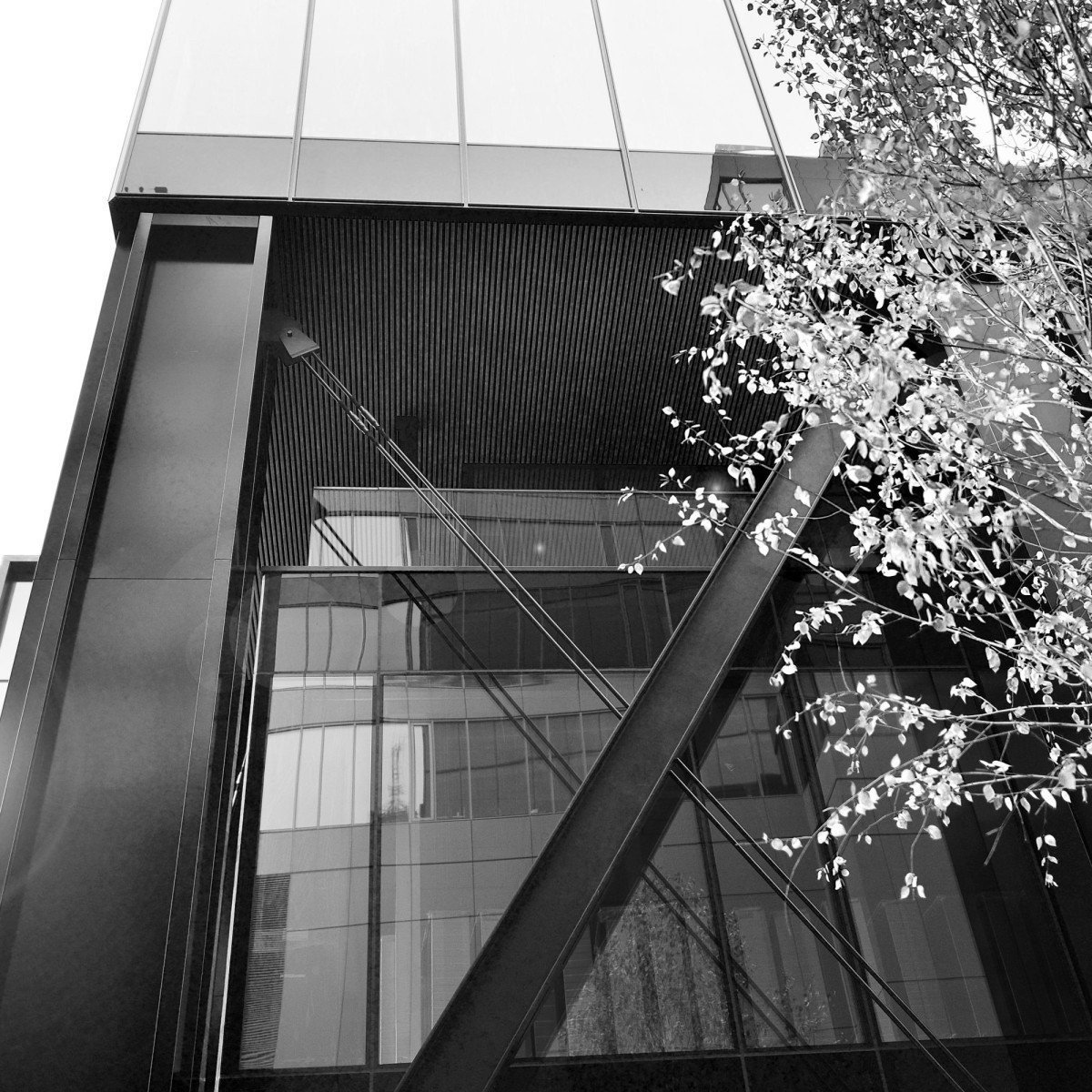Have you ever stared, open-mouthed, at the skyline of a city, the historic charm of old buildings, or the grandiosity of an architectural masterpiece and yearned to capture its spirit in a photograph?
Well, you’re not alone. Many years ago, while backpacking through Europe, I found myself entranced by Gaudi’s architectural marvels in Barcelona. The problem–how to encapsulate the grandeur, the geometric precision, the intertwining of form and function into a single photographic frame? That’s when my journey with architectural photography began. It wasn’t easy, but the thrill of capturing a building’s silent, eloquent narrative compelled me to delve deeper and deeper.
Speaking with shadows and Lines
A surprising fact–did you know architectural photography, as we know today, has roots dating back to the 1800s? Back then, it was a way to document architectural advancements. Today, it speaks a language of aesthetics, light, and shadow, forming a genre in itself.
Exploring the tough yet rewarding world of architectural photography is like learning to communicate in a new language. It’s about letting the structure speak, understanding its whispers, and retelling its story in a visual form. It’s about taking elements like composition and low light photography, and using them to reveal the very soul of the building—or so I learned while standing beneath the sinuous structures of Park Güell, the light, shadows and lines of Gaudi’s genius telling tales to my lens.
Transforming Stones into Stories
Crucial to mastering this art is an understanding of light. You see, buildings are static, they don’t move or change expressions like human subjects do. But the sun, our natural light source, it moves. The way light and shadow play on a building, mutating from a soft morning blush to stark noon contrasts, and finally mellowing into a warm evening glow, tells an enigmatic story. The same building can look strikingly different, yet equally breathtaking at these different times.
“Wow, that’s absolutely beautiful!” I remember a passerby exclaiming while I captured an ancient cathedral under the soft hues of dawn. It’s moments like these that make architectural photography a deeply rewarding experience.
Finding your Perspective
Apart from light, perspective plays a pivotal role in architectural photography. Elevation and vantage point can dramatically alter the representation of the building. Shooting straight on can emphasize symmetrical structures, while an upward angle can breathe intensity into tall buildings, making them look larger than life.
Remember, every angle you play with is a fresh chapter in the architectural narrative you are trying to narrate. Your lens is your pen. Write wisely.
Mastering the Art of Composition
Once you’ve nailed the light and perspective, it’s time to focus on composition. Broadly, architectural photography can be divided into two categories: the grand scale capturing whole buildings or cityscapes, and the detail-focused shots isolating particular architectural features. Both have their own charm and challenges. To find what clicks with you, it’s necessary to experiment with both.
Thinking back to my time in Barcelona, I fondly recall a shot I took of the Sagrada Familia. I chose to focus on a fraction of its elaborate façade, isolating the ornate carving against the Spanish sky. It was a tight frame, but it told an essence of Gaudi’s genius in a startlingly intimate way.
Leave Your Mark
Architectural photography is an ongoing conversation between the photographer and the building. Through your lens, you interpret a building’s form, meaning, and its dialogue with the surroundings, making each shot unique.
So, will you seize the challenge of speaking with bricks and beams? Of unveiling the unseen narratives etched in stones and spaces? When you next lay eyes on a remarkable piece of architecture, will you just look, or will you truly see?


0 Comment